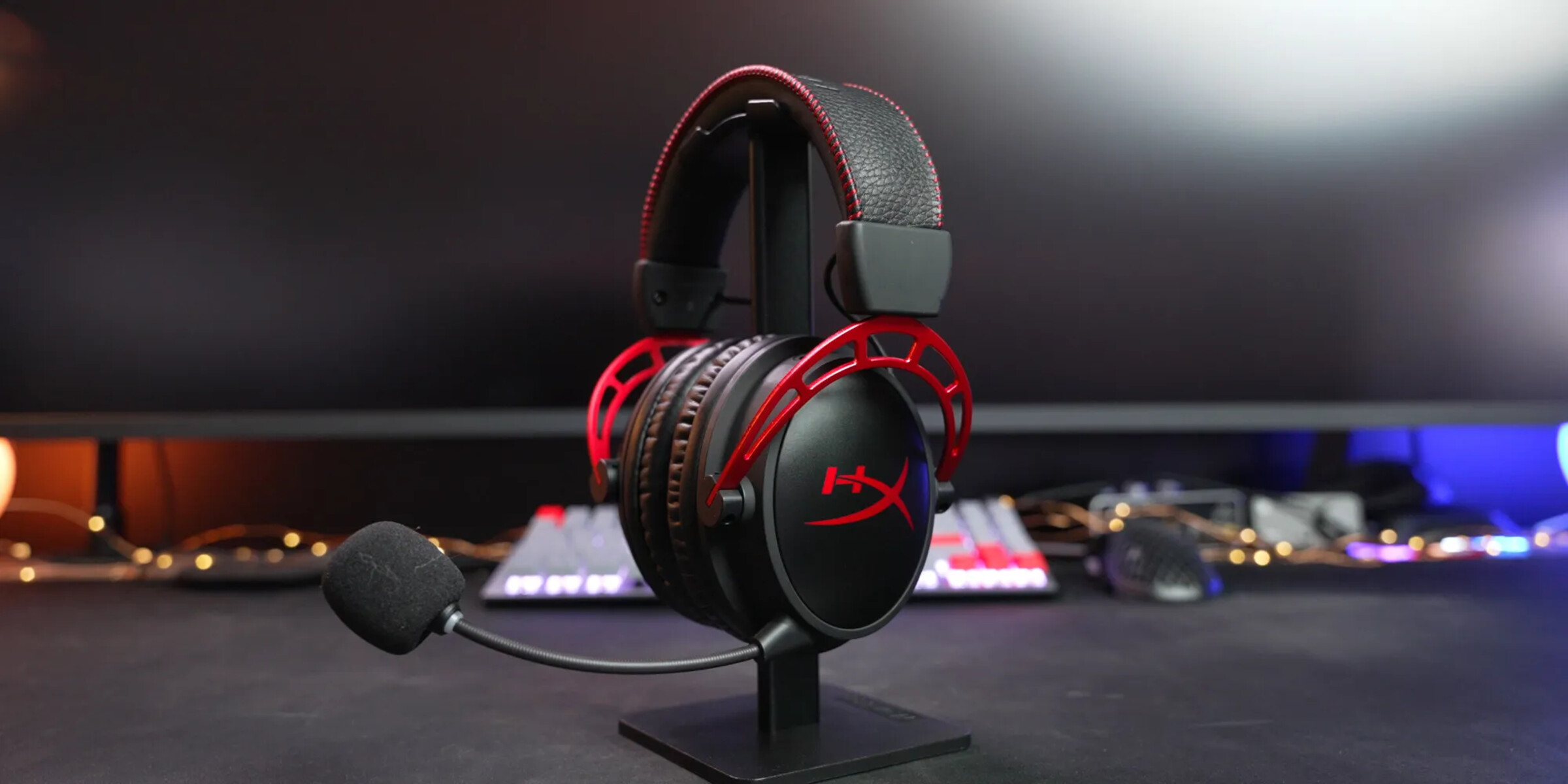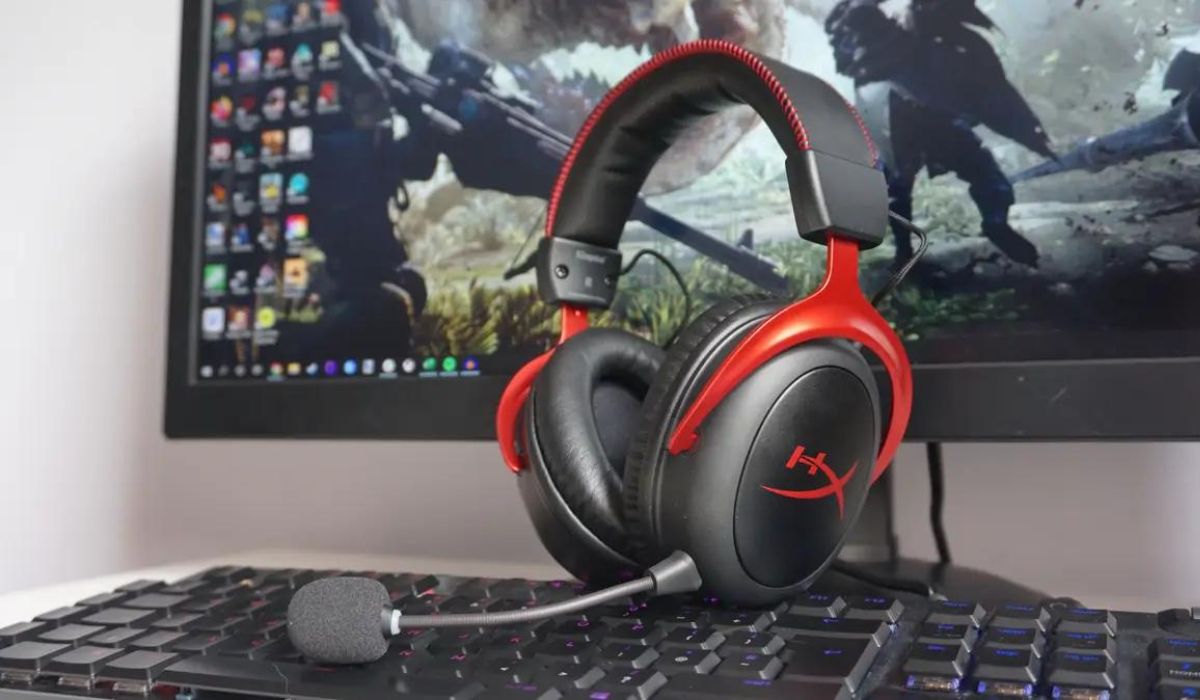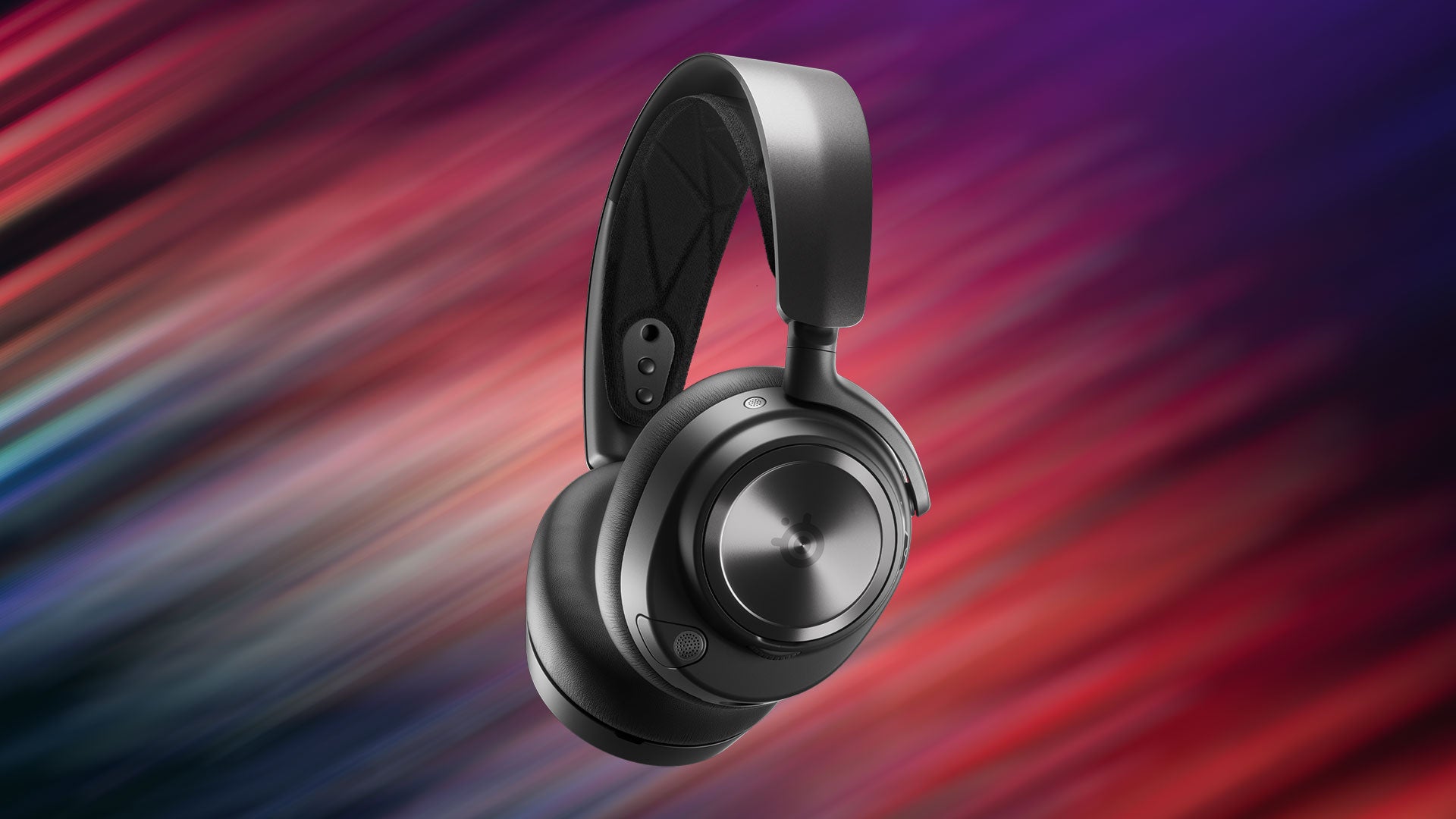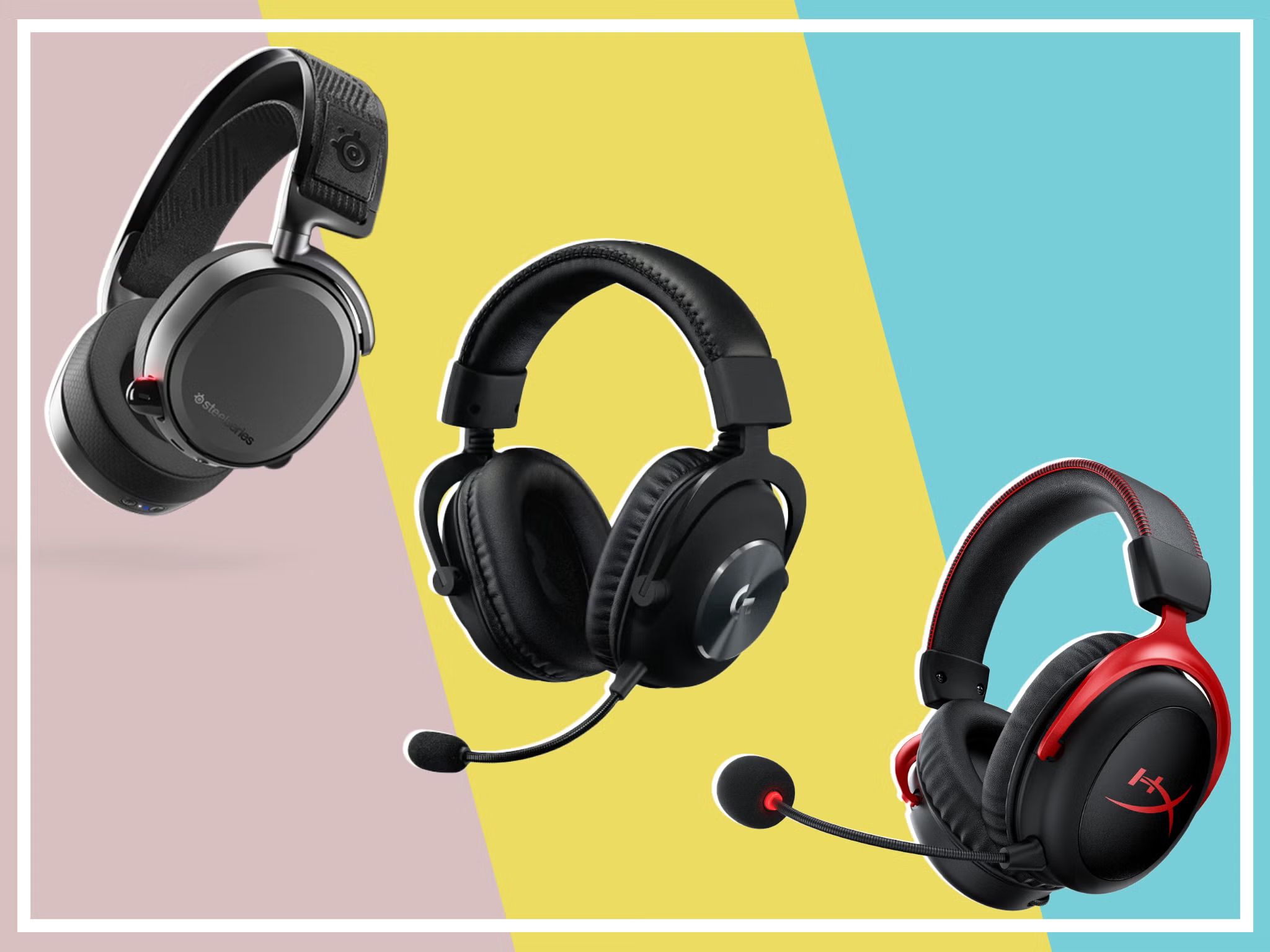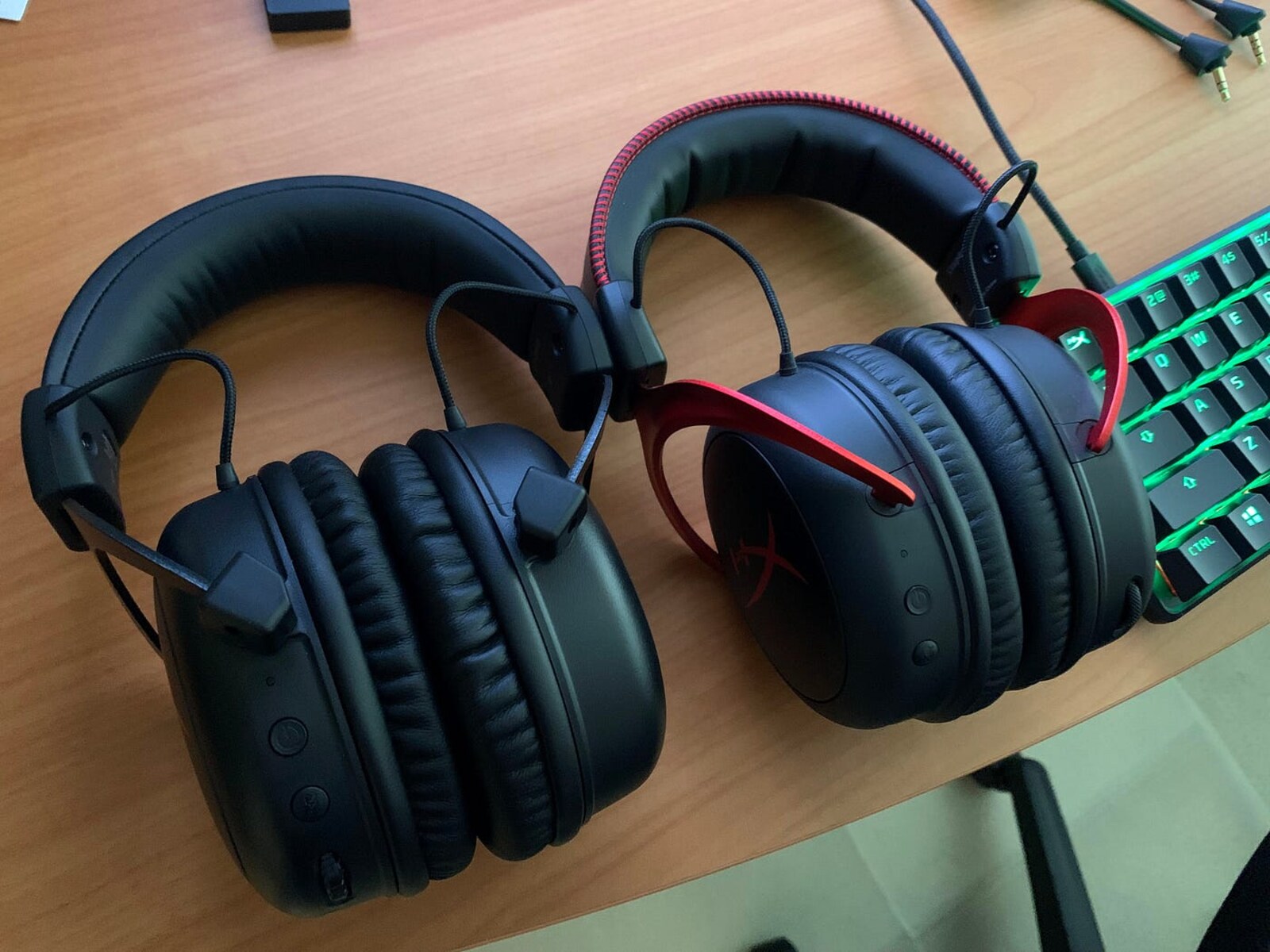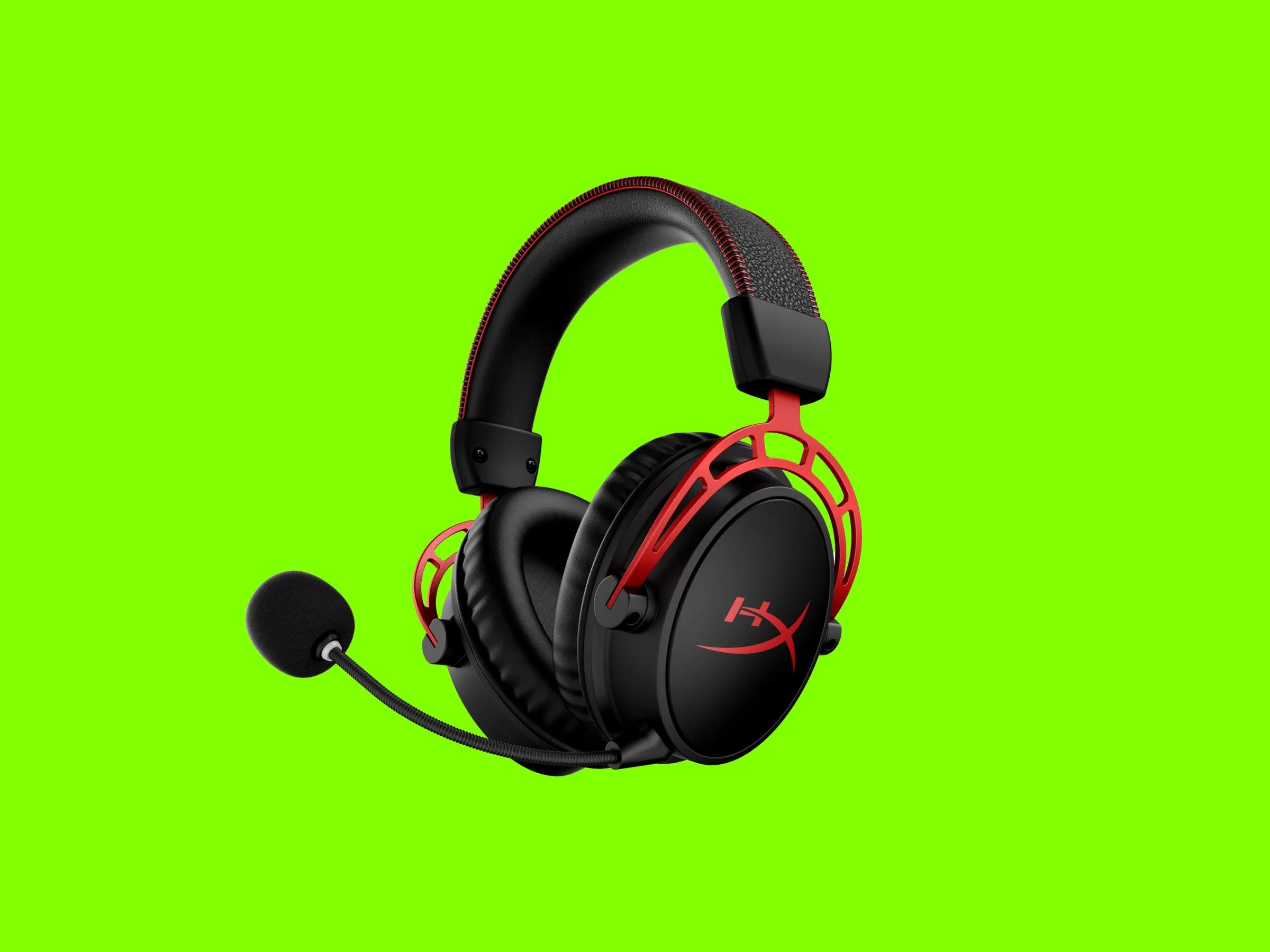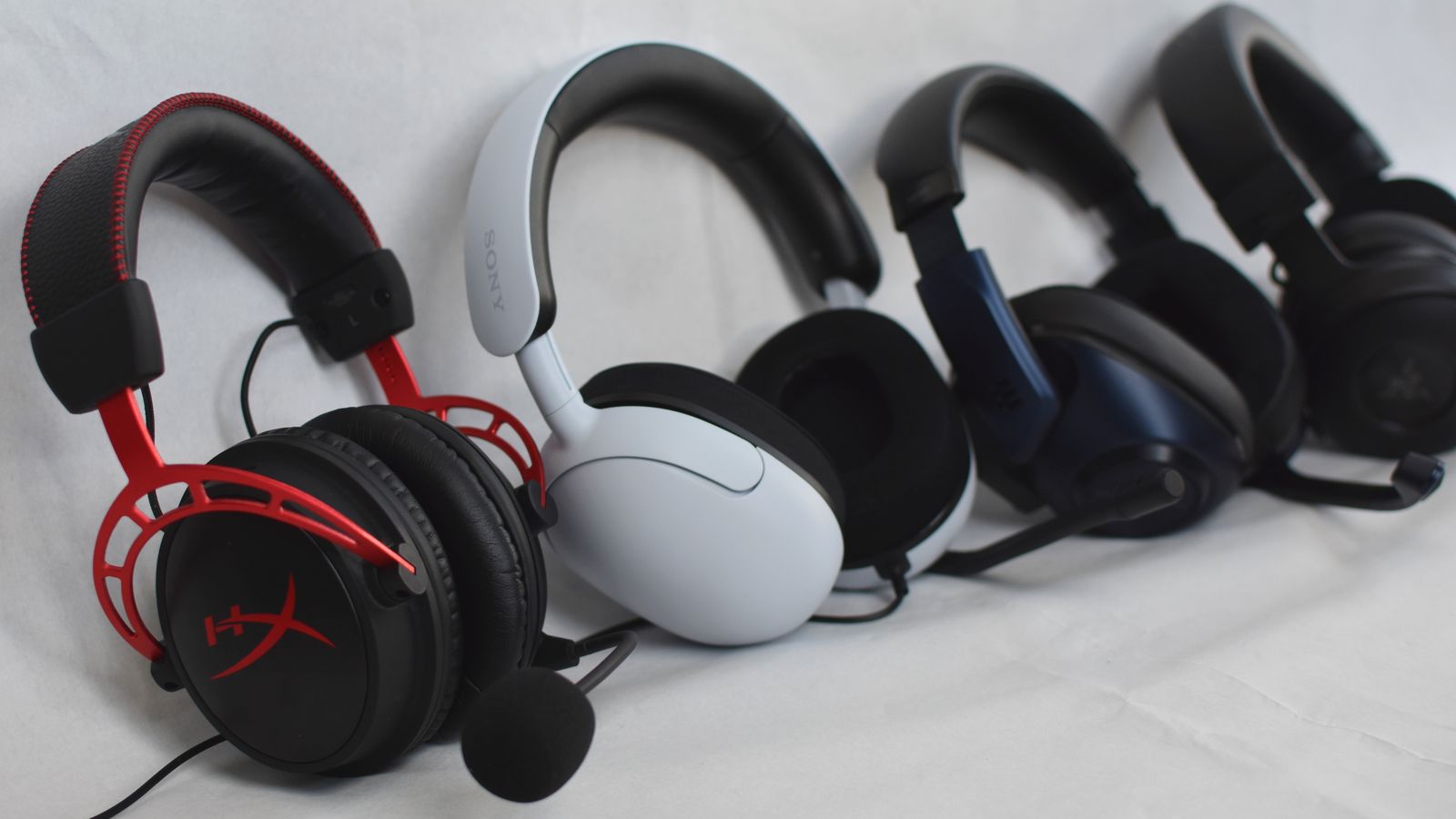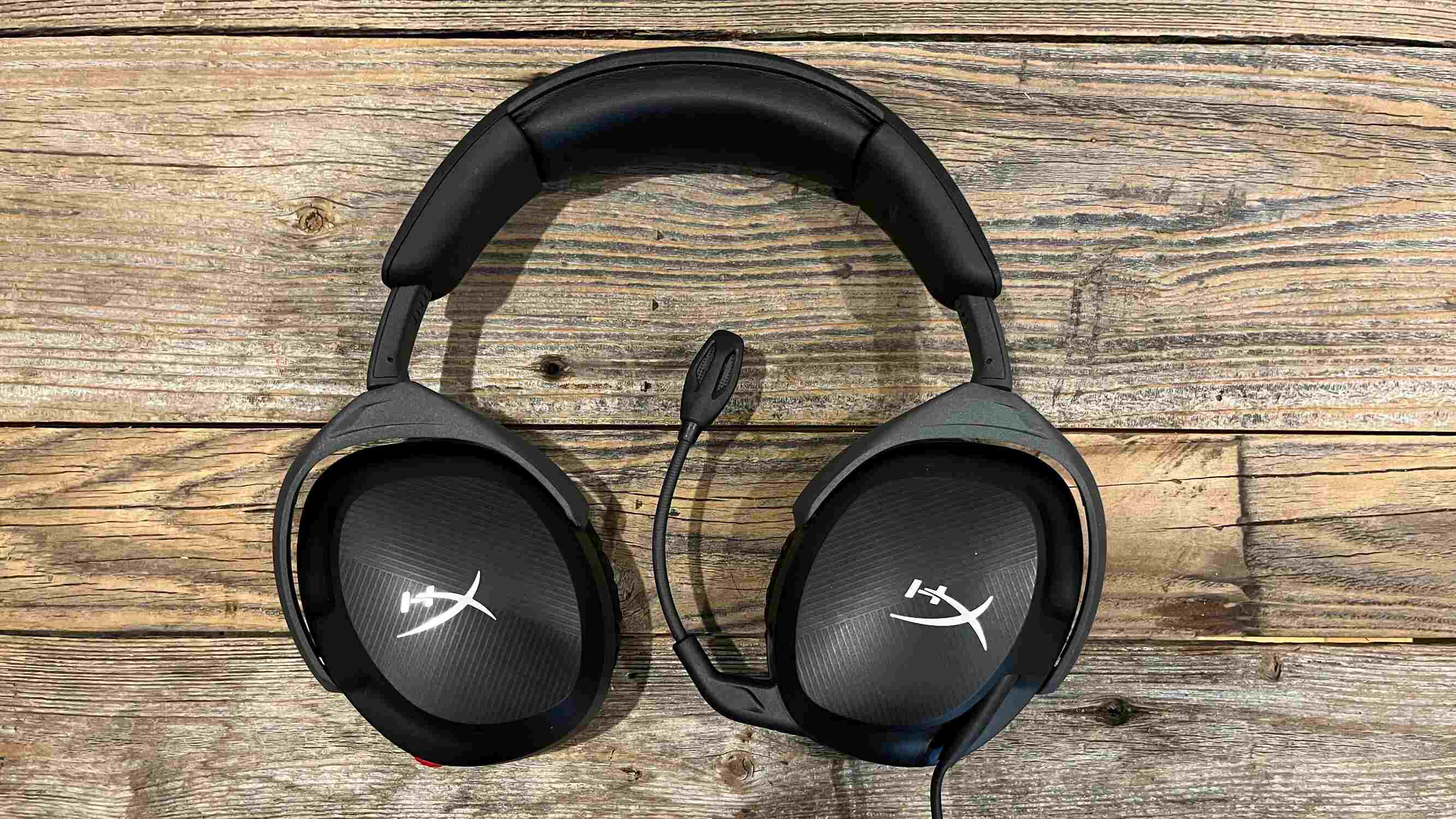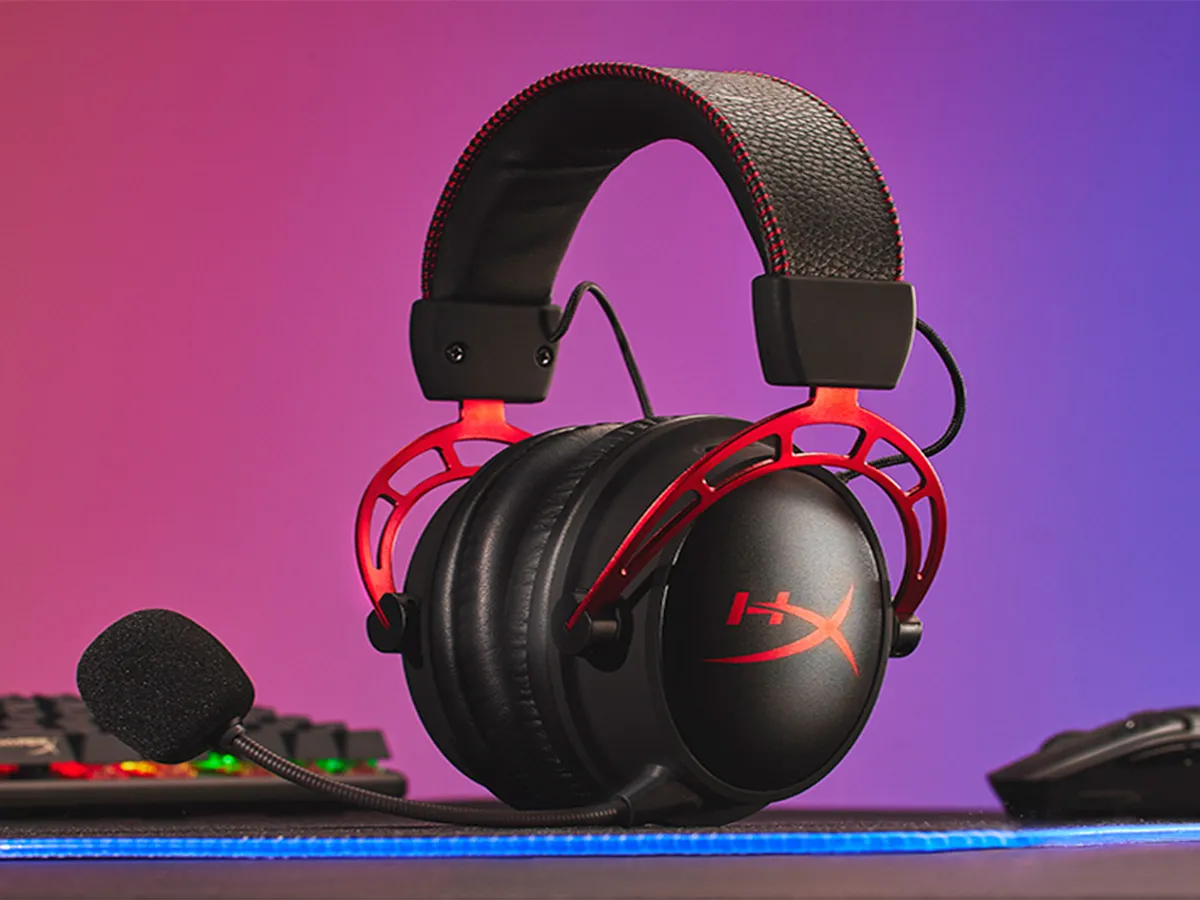Introduction
Are you an avid gamer who loves to immerse yourself in the virtual world, only to be disrupted by the irritating presence of static in your HyperX Cloud gaming headset? Fret not, as this article is here to guide you through the process of banishing that pesky static for good. The HyperX Cloud gaming headset is renowned for its exceptional audio quality and comfort, making it a popular choice among gaming enthusiasts. However, static interference can detract from the overall gaming experience, causing frustration and hindering your ability to fully enjoy the immersive soundscape of your favorite games.
In this comprehensive guide, we will delve into the various factors that can contribute to static in your HyperX Cloud gaming headset and provide practical solutions to eliminate this unwelcome disturbance. From routine maintenance and cleaning techniques to troubleshooting common issues with the headset's cables and connections, we will cover all the essential steps to restore crystal-clear audio performance. Additionally, we will explore the importance of keeping the firmware and drivers up to date, ensuring that your headset operates at its optimal capacity.
By the end of this article, you will be equipped with the knowledge and expertise to troubleshoot and resolve static issues in your HyperX Cloud gaming headset, allowing you to fully immerse yourself in the captivating audio environment of your favorite games without any disruptive interference. So, grab your headset, roll up your sleeves, and let's embark on a journey to reclaim the pristine audio quality that you deserve.
Understanding the Causes of Static in HyperX Cloud Gaming Headset
Before delving into the troubleshooting process, it’s crucial to understand the potential causes of static interference in your HyperX Cloud gaming headset. Static, often characterized by crackling, popping, or hissing sounds, can significantly diminish the audio quality and disrupt your gaming experience. By identifying the underlying factors contributing to this issue, you can effectively address the root cause and implement targeted solutions.
One common culprit behind static in gaming headsets is dust and debris accumulation within the headset’s audio ports and connectors. Over time, these tiny particles can impede the flow of electrical signals, leading to static disturbances in the audio output. Additionally, worn or damaged headset cables and connectors can introduce interference, resulting in crackling or buzzing sounds during gameplay. Furthermore, environmental factors such as humidity and temperature fluctuations can impact the headset’s performance, potentially exacerbating static issues.
Another significant factor to consider is the quality of the audio source. If the device or audio source connected to the headset exhibits its own static or electrical interference, it can manifest in the headset’s audio output, creating an unpleasant listening experience. Furthermore, outdated firmware or incompatible drivers can contribute to audio disruptions, underscoring the importance of ensuring that the headset’s software components are up to date.
Understanding the multifaceted nature of static in gaming headsets empowers you to approach the troubleshooting process holistically, considering various potential factors that may be contributing to the issue. By meticulously evaluating each potential cause, you can systematically address the underlying issues and restore the pristine audio quality that defines the HyperX Cloud gaming headset.
Cleaning the Headset to Remove Static
Regular maintenance and cleaning of your HyperX Cloud gaming headset can significantly mitigate static issues and preserve its audio performance. Dust, debris, and even sweat accumulation over time can compromise the electrical connections and audio output, leading to static disturbances. By incorporating simple yet effective cleaning practices into your headset care routine, you can minimize the risk of static interference and prolong the lifespan of your audio device.
Commence the cleaning process by gently wiping the exterior surfaces of the headset, including the headband, ear cups, and microphone, with a soft, lint-free cloth. This helps remove surface-level dirt and grime that can potentially infiltrate the internal components of the headset. Additionally, using a mild solution of water and gentle soap can aid in dislodging stubborn residue without causing damage to the headset’s materials.
When addressing the audio ports and connectors, exercise caution to avoid causing any damage. Utilize compressed air to blow out any accumulated dust or debris from the ports, ensuring that the airflow is directed away from the sensitive components. For more intricate cleaning, a small, soft-bristled brush can be employed to dislodge particles without causing harm to the internal circuitry.
Furthermore, inspect the headset’s detachable microphone for any debris or obstruction that may impede its performance. Gently detach the microphone and use a soft brush or compressed air to remove any accumulated particles. Once cleaned, reattach the microphone securely to ensure optimal audio capture and transmission.
By adopting these cleaning practices as part of your regular headset maintenance, you can effectively reduce the risk of static interference and maintain the pristine audio quality of your HyperX Cloud gaming headset. Additionally, storing the headset in a clean, dust-free environment when not in use can further safeguard it against potential static-inducing contaminants, contributing to a consistently exceptional gaming audio experience.
Checking the Cable and Connections
The integrity of the cables and connections of your HyperX Cloud gaming headset plays a pivotal role in ensuring uninterrupted, high-quality audio performance. Over time, wear and tear or improper handling can compromise the cables and connectors, leading to static disturbances and audio irregularities. By conducting a thorough examination of these essential components, you can identify and address potential issues that may be contributing to static interference in your headset.
Commence the inspection by carefully examining the entire length of the headset’s cable, paying close attention to areas where the cable is frequently bent or twisted. Any visible signs of fraying, kinks, or exposed wires indicate potential areas of weakness that can lead to electrical interference and static disruptions. If such issues are identified, it is advisable to replace the cable with a genuine, manufacturer-approved replacement to ensure optimal performance.
Next, inspect the headset’s connectors, including the 3.5mm audio jacks and USB connections, for any signs of damage, corrosion, or debris accumulation. Even minor corrosion or debris within the connectors can impede the seamless transmission of audio signals, resulting in crackling or static-laden audio output. Utilize a small, clean brush or compressed air to gently remove any foreign particles from the connectors, ensuring that they are clean and free from obstructions.
When connecting the headset to your gaming device or audio source, ensure a secure and snug fit to minimize the risk of intermittent connections that can lead to static disturbances. Additionally, avoid placing excessive strain on the cable or connectors during use, as this can contribute to premature wear and potential damage. Proper cable management, such as using cable clips or organizers, can help prevent unnecessary strain on the headset’s cables, preserving their integrity and longevity.
By diligently examining and maintaining the cables and connections of your HyperX Cloud gaming headset, you can proactively mitigate the risk of static interference and ensure a consistently immersive and uninterrupted gaming audio experience. Addressing potential cable and connection issues promptly not only enhances the longevity of your headset but also contributes to a seamless and enjoyable gaming experience devoid of disruptive static disturbances.
Using a Different Audio Source
When static interference plagues your HyperX Cloud gaming headset, exploring alternative audio sources can serve as a valuable troubleshooting step to isolate the root cause of the issue. The characteristics of the audio source, such as the quality of the output and the presence of electrical interference, can significantly impact the perceived static in the headset’s audio output. By testing the headset with different audio sources, you can discern whether the static is inherent to the headset or originates from the connected device, facilitating targeted remediation efforts.
Begin by connecting your HyperX Cloud gaming headset to a different gaming console, computer, smartphone, or audio device that is known to provide high-quality audio output. Play a variety of audio content, including music, game soundtracks, and dialogue-rich media, to gauge the presence and intensity of static interference. If the static persists across multiple audio sources, it is indicative of an issue within the headset itself, prompting further investigation into internal components and connections.
Conversely, if the static is absent or significantly reduced when using an alternative audio source, it suggests that the original audio output device may be contributing to the interference. Factors such as a faulty audio output jack, incompatible audio settings, or electrical disturbances within the device can manifest as static in the headset’s audio output. In such cases, troubleshooting the original audio source, including inspecting its connectivity, updating drivers, and adjusting audio settings, can help alleviate the static issue.
Additionally, testing the headset in different environments, such as in a quiet room versus a space with multiple electronic devices in operation, can provide valuable insights into the environmental factors that may exacerbate static interference. By identifying the specific conditions under which static is most pronounced, you can adapt your gaming setup and audio source selection to minimize the impact of external factors on the headset’s audio performance.
By leveraging alternative audio sources as a diagnostic tool, you can effectively pinpoint the origin of static interference in your HyperX Cloud gaming headset, empowering you to implement targeted solutions and optimize the audio experience. Whether the issue lies within the headset or the connected audio source, this methodical approach facilitates a comprehensive troubleshooting process, ultimately leading to a more immersive and uninterrupted gaming audio experience.
Updating Firmware and Drivers
Ensuring that the firmware and drivers of your HyperX Cloud gaming headset and the connected audio devices are up to date is paramount in addressing potential static issues and optimizing overall audio performance. Firmware and driver updates often include bug fixes, performance enhancements, and compatibility improvements that can directly impact the headset’s functionality and its interaction with audio sources. By proactively updating these essential software components, you can mitigate static disturbances and maintain a seamless audio experience.
Commence the update process by visiting the official HyperX website or the manufacturer’s support portal to check for available firmware updates specifically tailored to your headset model. Follow the provided instructions to download and install the latest firmware, ensuring that the update process is carried out in a stable and uninterrupted environment to prevent potential firmware corruption.
Additionally, verify that the drivers for your gaming console, computer sound card, or audio interface are up to date, as these components play a crucial role in facilitating the seamless transmission of audio signals to your HyperX Cloud gaming headset. Visit the respective manufacturers’ websites or utilize their proprietary software to check for driver updates and install them as needed.
Upon completing the firmware and driver updates, restart your gaming device or computer to apply the changes effectively. Test the headset with various audio content to assess whether the updates have alleviated any static disturbances. In some cases, firmware and driver updates can rectify compatibility issues and optimize the audio output, resulting in a noticeable improvement in audio quality and the reduction of static interference.
Furthermore, consider updating the firmware of the connected gaming console or audio source, as these devices often receive firmware updates that directly impact audio output and connectivity. By maintaining all relevant firmware and drivers at their latest versions, you create an environment conducive to optimal audio performance, minimizing the likelihood of static disturbances and audio irregularities.
By prioritizing the regular update of firmware and drivers for your HyperX Cloud gaming headset and associated audio devices, you demonstrate a proactive commitment to preserving audio quality and addressing potential static issues. This meticulous approach to software maintenance not only enhances the performance of your gaming headset but also contributes to a more immersive and enjoyable audio experience, free from disruptive static interference.
Conclusion
Embarking on the journey to eliminate static interference in your HyperX Cloud gaming headset has equipped you with a comprehensive understanding of the potential causes of static and the practical solutions to address this disruptive issue. By delving into the intricacies of headset maintenance, cable and connection integrity, audio source selection, and software updates, you have gained valuable insights into the multifaceted nature of static disturbances and the proactive measures to mitigate their impact.
Through diligent cleaning practices, including the removal of dust and debris from the headset’s components, you can preserve the audio integrity of your HyperX Cloud gaming headset and minimize the risk of static interference. Additionally, by meticulously examining the cables and connections for signs of wear and addressing potential issues promptly, you fortify the foundation of uninterrupted audio performance.
Exploring alternative audio sources as a diagnostic tool empowers you to discern the origin of static interference, facilitating targeted remediation efforts and optimizing the headset’s compatibility with various audio devices. Furthermore, prioritizing the regular update of firmware and drivers for the headset and connected audio sources demonstrates a proactive commitment to preserving audio quality and addressing potential static issues.
By implementing these proactive measures and troubleshooting techniques, you are poised to reclaim the pristine audio quality that defines the HyperX Cloud gaming headset. Whether you are immersing yourself in the captivating audio environment of your favorite games or engaging in voice communication with fellow gamers, the elimination of static interference ensures an uninterrupted and immersive audio experience.
Armed with the knowledge and expertise garnered from this guide, you are well-equipped to navigate the realm of troubleshooting and maintenance, fostering a gaming audio environment devoid of disruptive static disturbances. As you continue to indulge in the exhilarating world of gaming, may the crystal-clear audio performance of your HyperX Cloud gaming headset elevate your immersive experience to new heights.







